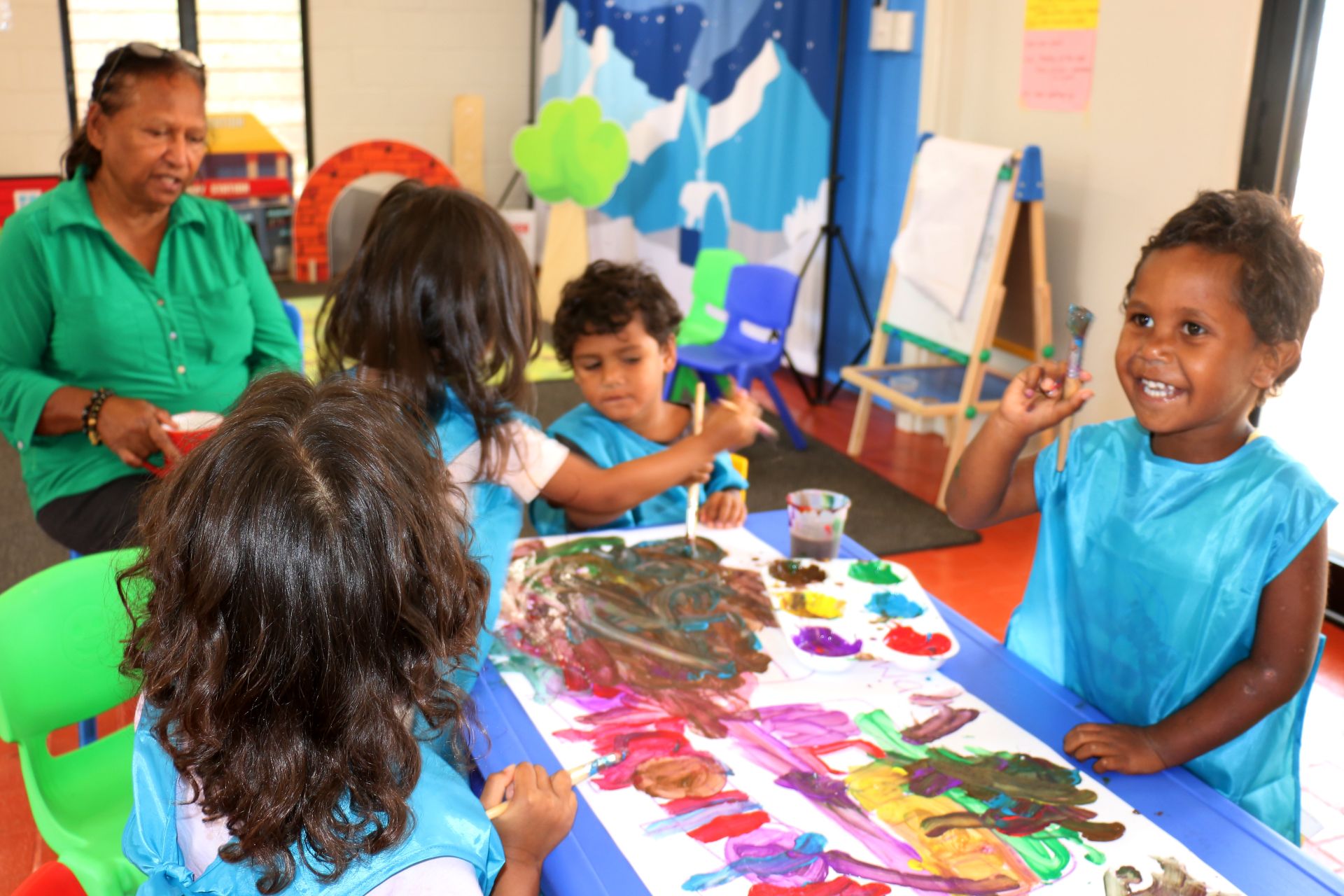Implementing Direct Instruction in Australian schools
Write your awesome label here.
GGSA and McGraw Hill Partnership on Direct Instruction
We can support you to identify the right instructional approach and curriculum programs for your needs.
We offer free consultations with our expert team, and can tailor a session to your needs. Please register your interest at info@goodtogreatschools.org.au
Good to Great Schools Australia mapping of Direct Instruction to the Australian curriculum
Write your awesome label here.
Write your awesome label here.
About Direct Instruction
How Direct Instruction supports students and lifts schools from Poor to Fair to Good to Great
Write your awesome label here.
Write your awesome label here.
Sign up now for Direct Instruction Support



